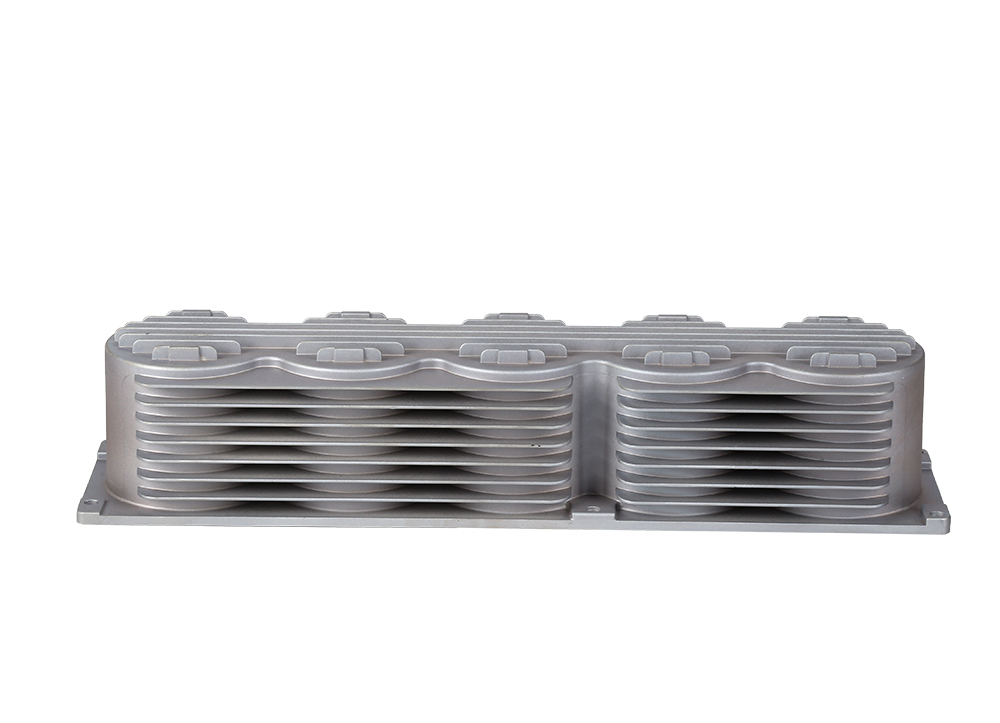Time:2022-11-14 Preview:
When dealing with the hardware die casting process, we need to be more careful when dealing with the hardware die casting parts when purchasing materials. Due to different industries and shapes, the required material coefficients and mechanical performance requirements are different.
It is an important index of plastic behavior of materials to process hardware die casting parts in the coefficient of anisotropy, which can be obtained through uniaxial tension and compression experiments. It is divided into instantaneous anisotropy coefficient and cumulative extraterrestrial coefficient. In the width direction, plastic strain rate is the ratio of plastic strain rate in the width direction. The cumulative anisotropy coefficient is the ratio of the cumulative plastic strain rate in the width direction, and the cumulative plastic strain rate is in the thickness direction. When the experiment is proportional, the two are equal. When the coefficient of anisotropy in the experiment is different in different directions, the anisotropy of the material is obvious. The biaxial anisotropy coefficient is the ratio of strain rate and axial stress rate obtained from biaxial tensile test, expansion test and thickness compression test.

The ratio of plastic strain in width direction to plastic strain in thickness direction is called thickness direction coefficient R. The greater the ratio, the greater the deformation ratio of the material along the thickness direction, and the smaller the deformation, the smaller the boarding along the aircraft direction. The test and theoretical analysis show that when the R value is large, the tensile property of the plate is better, and the ultimate tensile coefficient is small. When the orientation coefficient of the tablet is large, the directivity of the plate is strong, which will lead to the uneven distribution of plastic deformation, leading to the uneven and serious lugs of the cylindrical column. It is not conducive to metal die casting.
 Related News
Related News·The main role of the connector contact plating using the electroplating process ·Selection of milling cutters ·What are the main objects for CNC lathe? ·Common types of stretching processing for metal stamping parts ·Advantages and daily maintenance matters of automatic lathe processing ·What does the hardware material contain ·Environmental inspection conditions for metal die casting? · What are the different types of hardware in hardware processing factories? ·How to improve the service life of CNC gantry drilling and tapping machine ·Aluminum profiles have light and color difference treatment methods


